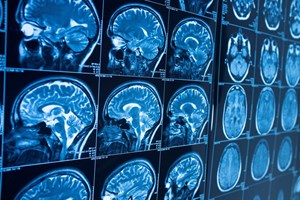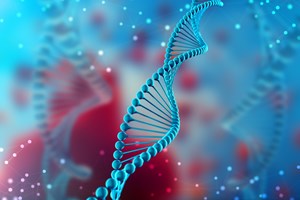Growing your own fruits and vegetables is both challenging and rewarding. Many people plant gardens with the expectation that they can control what goes into their food. Gardening, especially in urban areas, has grown in popularity, but unfortunately, it comes with some risks. Contamination with elements present in the air, soil, or groundwater is a concern in both urban and rural gardens, and…
Tags: Heavy Metals, Essential Elements, Elements Testing, Lead, Cadmium, Arsenic, Thallium, Mercury, Zinc, Copper









